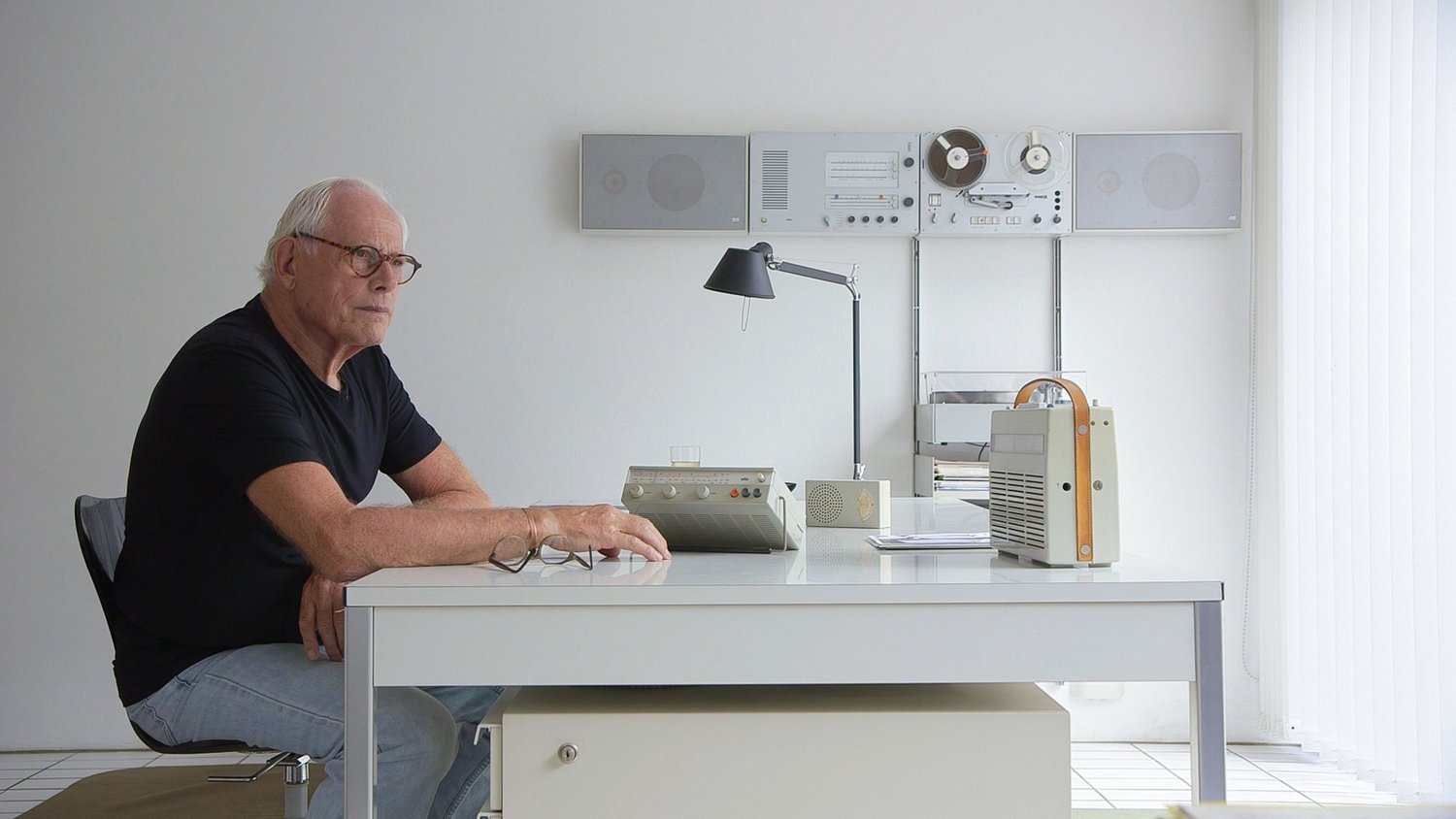Dieter’s tenth principle
Dieter Rams’ began working on his 10 Principles 1970’s and first published them in the early 1980’s. They came from his recognition that the world had become “an impenetrable confusion of forms, colours and noises.” And knowing that design is subjective and difficult to measure, he attempted to define good design as a set of principles.
Rams’ 10 Principles are still solid guidelines for understanding and evaluating design. However, like the man’s own work, their external simplicity belies the complex work of achieving the ideals they represent. Taking them out of context, or striping away their descriptions, can lead to grave misunderstandings of their meaning and to the misapplication of their purpose .
For example, I have seen a number of people attempt to use Rams’ 10th principle to justify a reduction in design’s role in the definition and creation of products and services.
The 10th principle:
#10. Good design is as little design as possible
At first glance, if all you had was the title of the principle, you could think he was advocating for design to have a reduced role, or to frame design as superficial treatment rather focusing on how something works or why it has been given consideration. However when you add the description:
“Less, but better - because it concentrates on the essential aspects, and the products are not burdened with non-essentials. Back to purity, back to simplicity.”
That argument for diminishing design evaporates: Rams’ focus is not on design itself, nor as some would believe an argument for the level of inclusion of design as a practice, but rather its about the extraneous cosmetics or elective elements corrupting the design. In the case of software that could include superfluous graphics, non-essential workflows, or extraneous functionality that encumber and overly overburden the users. Rams’ philosophy is that good design is clear, focused and attuned to its intended audience and their needs. Design strives to align technical complexity with the skills/dexterity/comprehension of the user, but more importantly with their interests.
While engineers may want to know all the inter-workings of a given technology, they most likely take the plumbing in their building for granted—at least until it stops working. And even as engineers, they would likely have no idea how to effect commercial grade repairs—nor I dare say, possess any desire to do so.
Design recognizes that one person’s passion is another’s infrastructure. Passions capture our attention and drive us to learn, infrastructure is generally invisible and, until it fails, it is that very characteristic that enables us to focus on our passions. It is also wha allows designers to focus on create good design.
It is important to understand that Rams’ principles are set and cannot be effectively applied in isolation from each other. Indeed, these principles represent a single philosophy and are interdependent upon each of the other nine principles to be effective.
The Ten Principles
#1 Good design is innovative
The possibilities for innovation are not, by any means, exhausted. Technological development is always offering new opportunities for innovative design. But innovative design always develops in tandem with innovative technology, and can never be an end in itself.
#2 Good design makes a product useful
A product is bought to be used. It has to satisfy certain criteria, not only functional, but also psychological and aesthetic. Good design emphasizes the usefulness of a product whilst disregarding anything that could possibly detract from it.
#3 Good design is aesthetic
The aesthetic quality of a product is integral to its usefulness because products we use every day affect our person and our well-being. But only well-executed objects can be beautiful.
#4 Good design makes a product understandable
It clarifies the product's structure. Better still, it can make the product talk. At best, it is self-explanatory.
#5 Good design is unobtrusive
Products fulfilling a purpose are like tools. They are neither decorative objects nor works of art. Their design should therefore be both neutral and restrained, to leave room for the user's self-expression.
#6 Good design is honest
It does not make a product more innovative, powerful or valuable than it really is. It does not attempt to manipulate the consumer with promises that cannot be kept.
#7 Good design is long-lasting
It avoids being fashionable and therefore never appears antiquated. Unlike fashionable design, it lasts many years - even in today's throwaway society.
#8 Good design is thorough down to the last detail
Nothing must be arbitrary or left to chance. Care and accuracy in the design process show respect towards the consumer.
#9 Good design is environmentally friendly
Design makes an important contribution to the preservation of the environment. It conserves resources and minimizes physical and visual pollution throughout the lifecycle of the product.
#10 Good design is as little design as possible
Less, but better - because it concentrates on the essential aspects, and the products are not burdened with non-essentials. Back to purity, back to simplicity.

